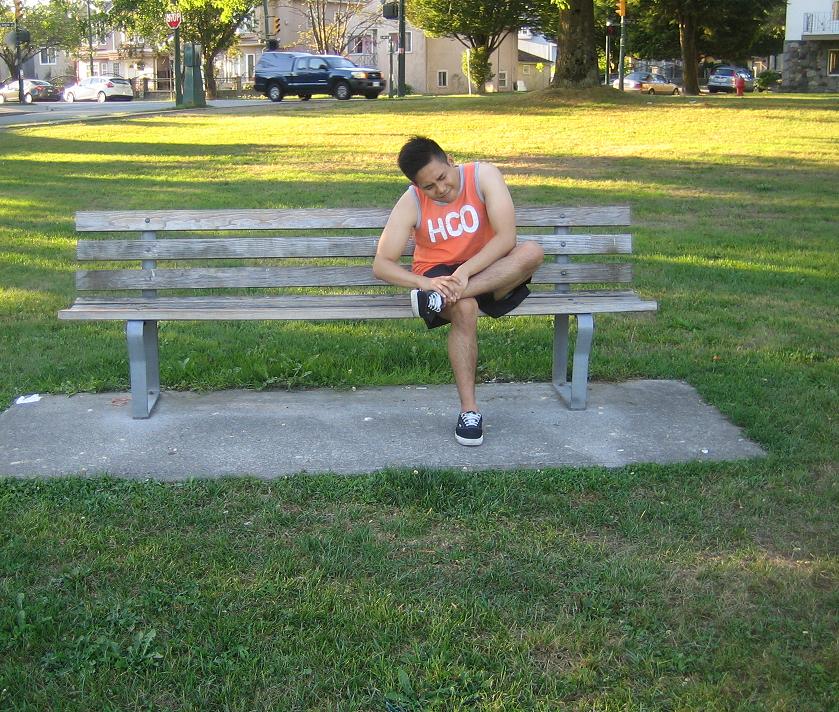Urticaria or hives are defined as reddened, itchy bumps or welts on the skin. It is considered as a chronic type if it lasts more than 6 weeks and if the cause is unknown, it is called idiopathic.
https://www.youtube.com/watch?v=Emvn52JaJQs
Signs of chronic idiopathic urticaria
The usual indications of chronic idiopathic urticaria include:
- Elevated or swollen reddened welts on the skin that lasts more than 6 weeks
- Itchiness that is oftentimes severe
- Swollen lips, throat or eyelids
Elevated or swollen reddened welts on the skin that lasts more than 6 weeks.
Management of chronic idiopathic urticaria
Generally, over-the-counter antihistamines are the initial line of treatment for the condition.
The non-drowsy antihistamines with only a few side effects include:
- Loratadine
- Cetirizine
- Desloratadine
- Fexofenadine
In case hives does not clear up with the over-the-counter antihistamines, the doctor might suggest one or more of these treatment options:
- H2 blockers – these drugs block the release of histamine that triggers hives or excess production of stomach acid.
- Immune suppressants
- Short-term oral corticosteroids – these drugs work by reducing the swelling around the lips, eyes or throat that occur along with hives
- Antidepressants
- Monoclonal antibodies – this is considered as a highly effective treatment that is injected once a month
Outlook
Chronic idiopathic urticaria is an undesirable condition but it is not considered dangerous. The treatment involving antihistamines or other drugs can clear it up, but it might recur if treatment is stopped.


